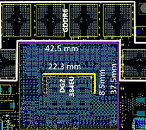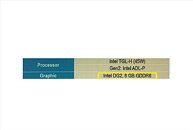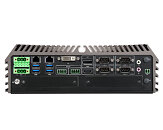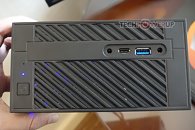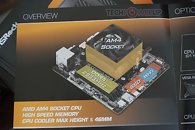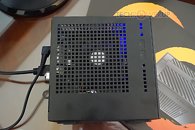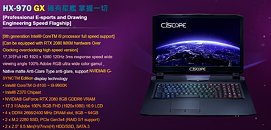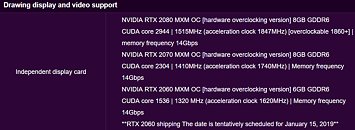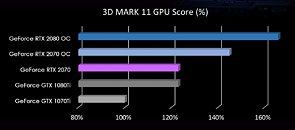
SPARKLE Launches Embedded Intel Arc Graphics Card Series for the Edge
With 40+ years of experience in computer industry, SPARKLE is launching a series of graphics cards based on the recently launched Intel Arc GPU for edge and provide longevity support up to 5 years.
SPARKLE graphic cards feature high-efficiency AI, visual computing and media processing. GPU cards from SPARKLE are edge-focused form factors with long life and optimizations for embedded use conditions and improves development and operating efficiency based on an open ecosystem by leveraging AI inferencing software, OpenVINO which automatically distributes workloads across CPU and GPU. SPARKLE has prepared and showcased the full series of SPARKLE Intel Arc graphics cards targeted for the edge, based on Intel Arc A750E, A580E, A380E, A310E, A370E and A350E GPUs. These graphics cards come solid longevity support up to 5 years.
SPARKLE graphic cards feature high-efficiency AI, visual computing and media processing. GPU cards from SPARKLE are edge-focused form factors with long life and optimizations for embedded use conditions and improves development and operating efficiency based on an open ecosystem by leveraging AI inferencing software, OpenVINO which automatically distributes workloads across CPU and GPU. SPARKLE has prepared and showcased the full series of SPARKLE Intel Arc graphics cards targeted for the edge, based on Intel Arc A750E, A580E, A380E, A310E, A370E and A350E GPUs. These graphics cards come solid longevity support up to 5 years.






















